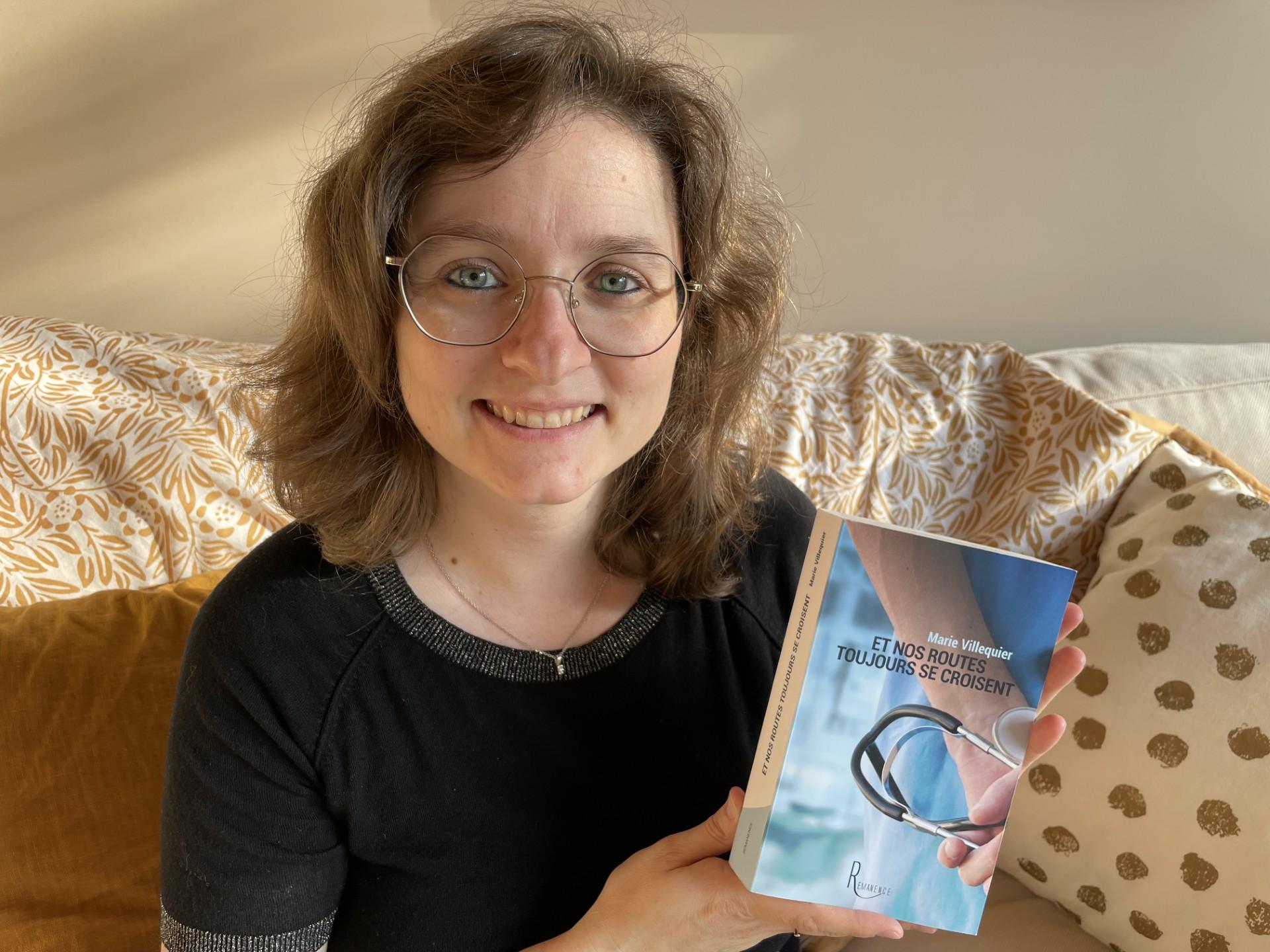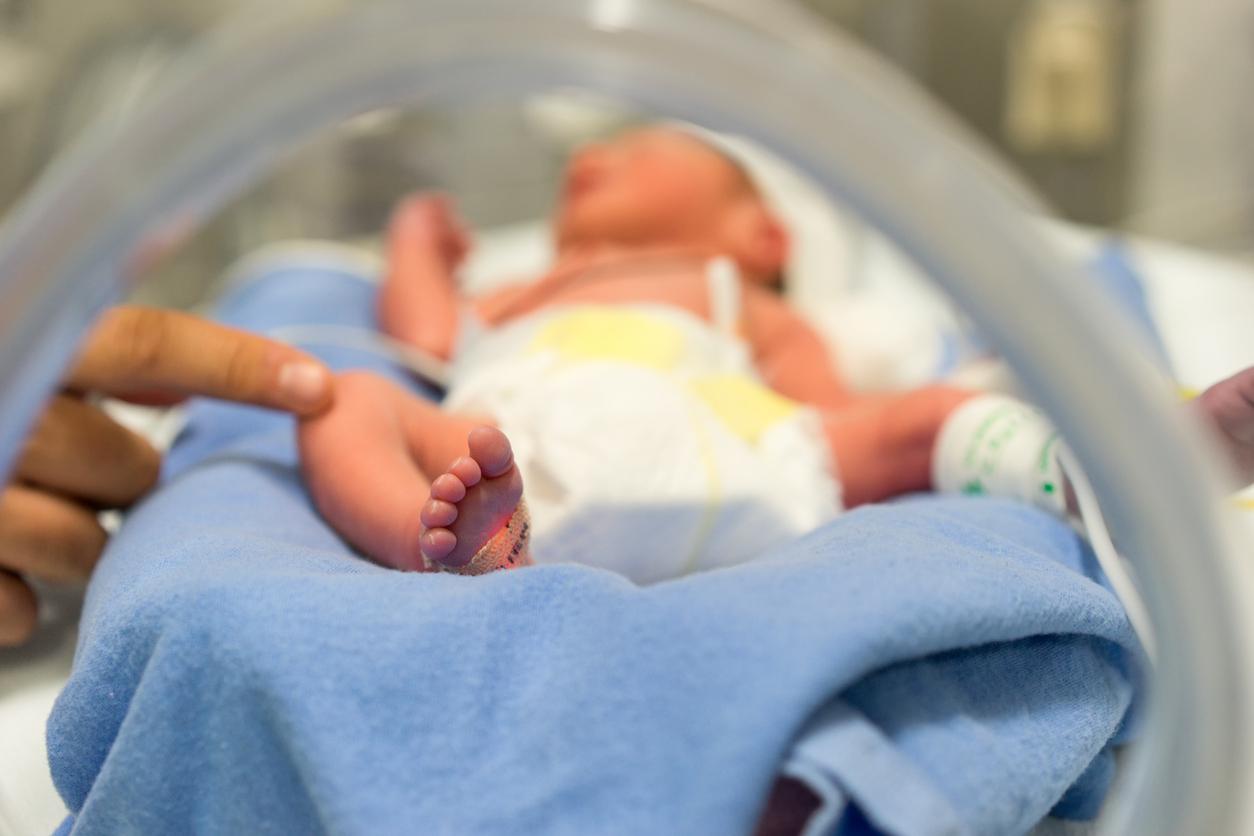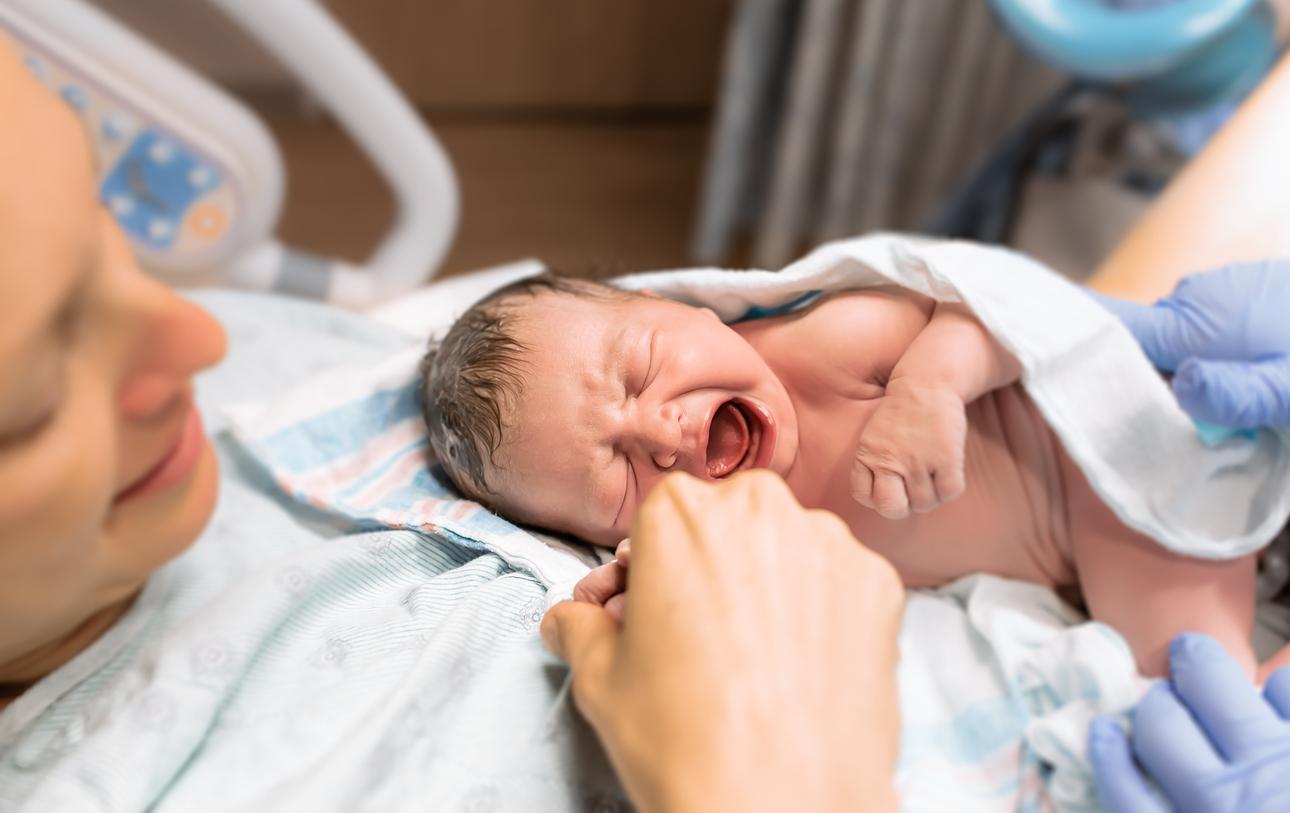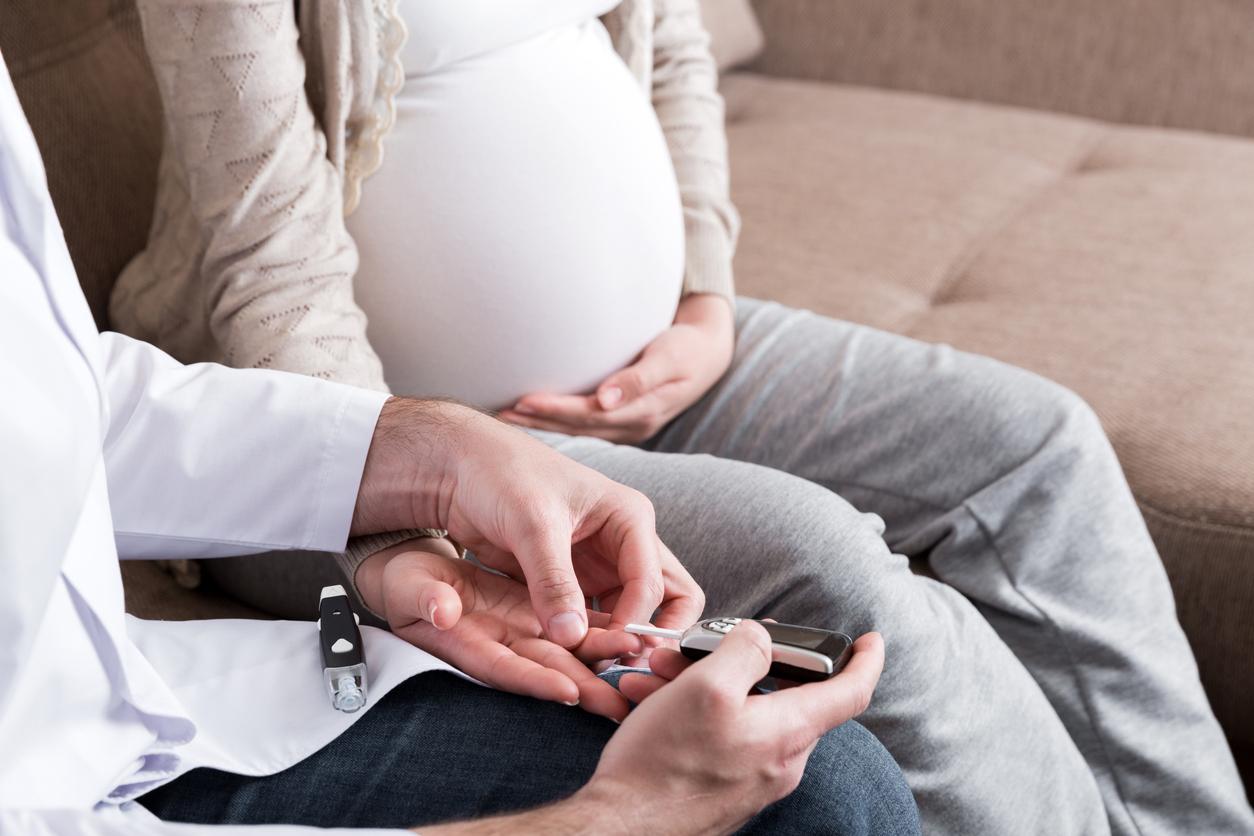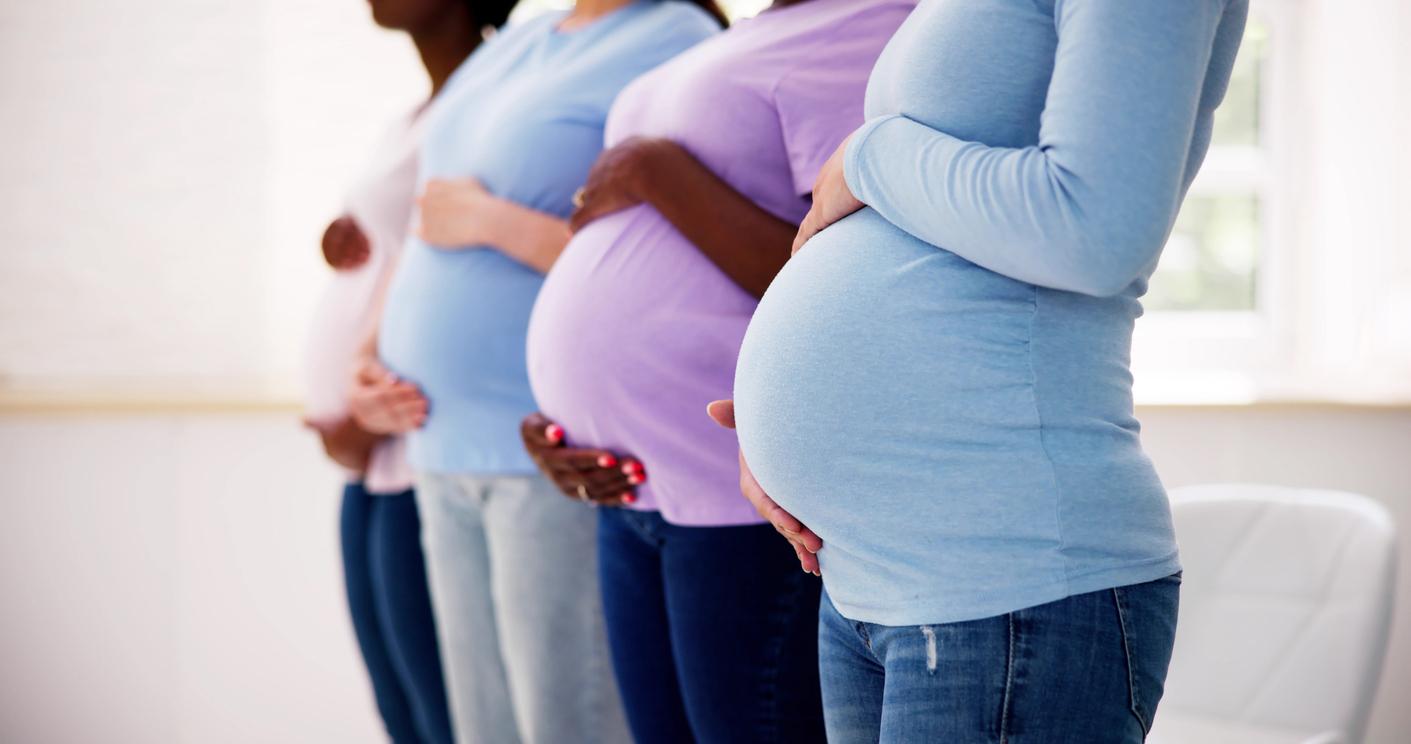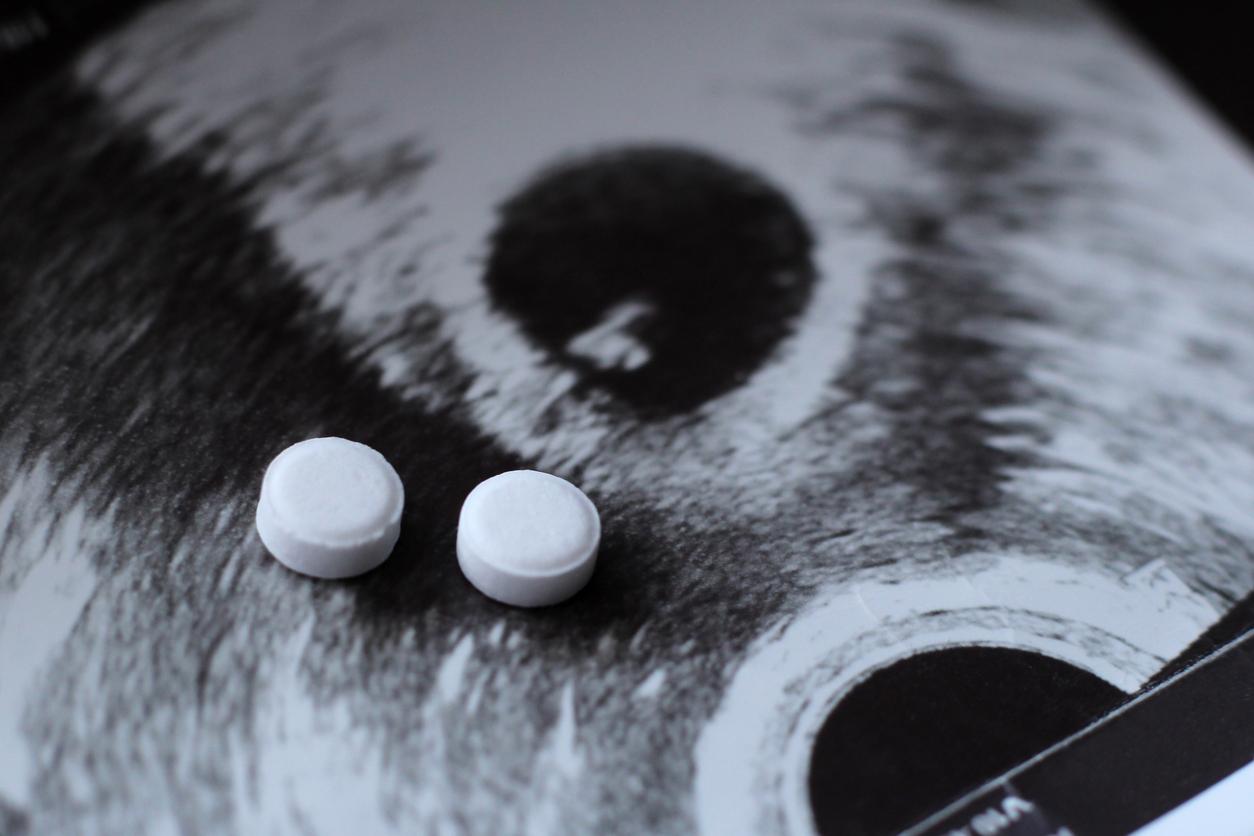Light and inexpensive, this silicone bracelet developed by American researchers is capable of providing reliable data on air quality. This could allow, for example, pregnant women to protect themselves against volatile compounds.

- Attached to a backpack, these silicone wristbands have proven to be as effective as traditional methods for measuring polycyclic aromatic hydrocarbon (PAH) pollution.
- They could prove invaluable in assessing the adverse health effects of prenatal exposure to PAHs.
An object no thicker than a bracelet, which fits in the hand and provides real-time data on the pollutants present in the air. This is what researchers from the School of Public Health at Texas A&M University in the United States have just developed. In a study published in the Journal of Exposure Science & Environmental Epidemiology of Naturethey explain the usefulness of these silicone bracelets during pregnancy, during which air pollution can have disastrous consequences on the health of the future child.
Highly reliable passive samplers
The particularity of these bracelets is that they are used as passive samplers, ie they are capable of fixing semi-volatile polycyclic aromatic hydrocarbons (PAHs) of lower molecular weight. These chemicals are naturally found in coal, crude oil and gasoline, as well as in the combustion of other elements such as gas, wood, garbage and tobacco.
To quantify maternal exposure to PAHs in pregnant women, researchers followed women residing in Hidalgo County, South Texas. This particular area was chosen because of its high prevalence of childhood asthma and for its higher rate of prematurity than in the rest of the state.
To collect the data, the participants wore backpacks containing air sampling equipment. A silicone strap was also attached to each backpack. After three non-consecutive 24-hour periods, air sampling equipment and wristbands were analyzed for PAHs.
By comparing the data collected, the researchers found that the wristbands gave similar results to more traditional testing methods.
“The use of wristbands is attractive because it is inexpensive and easy to wear, says Itza Mendoza-Sanchez, assistant professor in the Department of Environmental and Occupational Health (EOH). Wristbands have been used to detect a number of pollutants, but qualifying these pollutants remains a challenge. Our goal was to assess to what extent we can use wristbands as passive samplers to quantify PAHs in air.”
According to the researcher, “attaching the wristbands to the strap of the backpack provides a good sampling plan to assess the conditions under which the wristbands could be used to quantify PAHs in the air”.
The harmful effect of pollutants on unborn children
For the authors of the study, the use of these bracelets can also prove to be a valuable aid in studying the effects of prenatal exposure to PAHs on the health of future babies.
“The exposure of the mother to PAHs during pregnancy is particularly harmful for the health of children, because it is a phase of rapid growth and development of human beings, says Natalie Johnson, lead author of the study. Thus, easy methods to quantify exposure to PAHs are critically needed in order to assess risk and develop effective intervention strategies.”
According to the researcher, the results of this study confirm that bracelets used as passive samplers could be useful in future studies evaluating the adverse health effects of prenatal exposure to PAHs.
.







